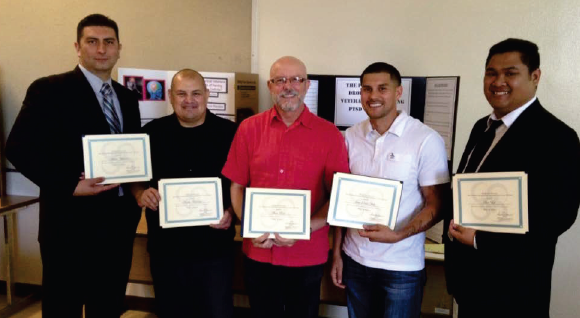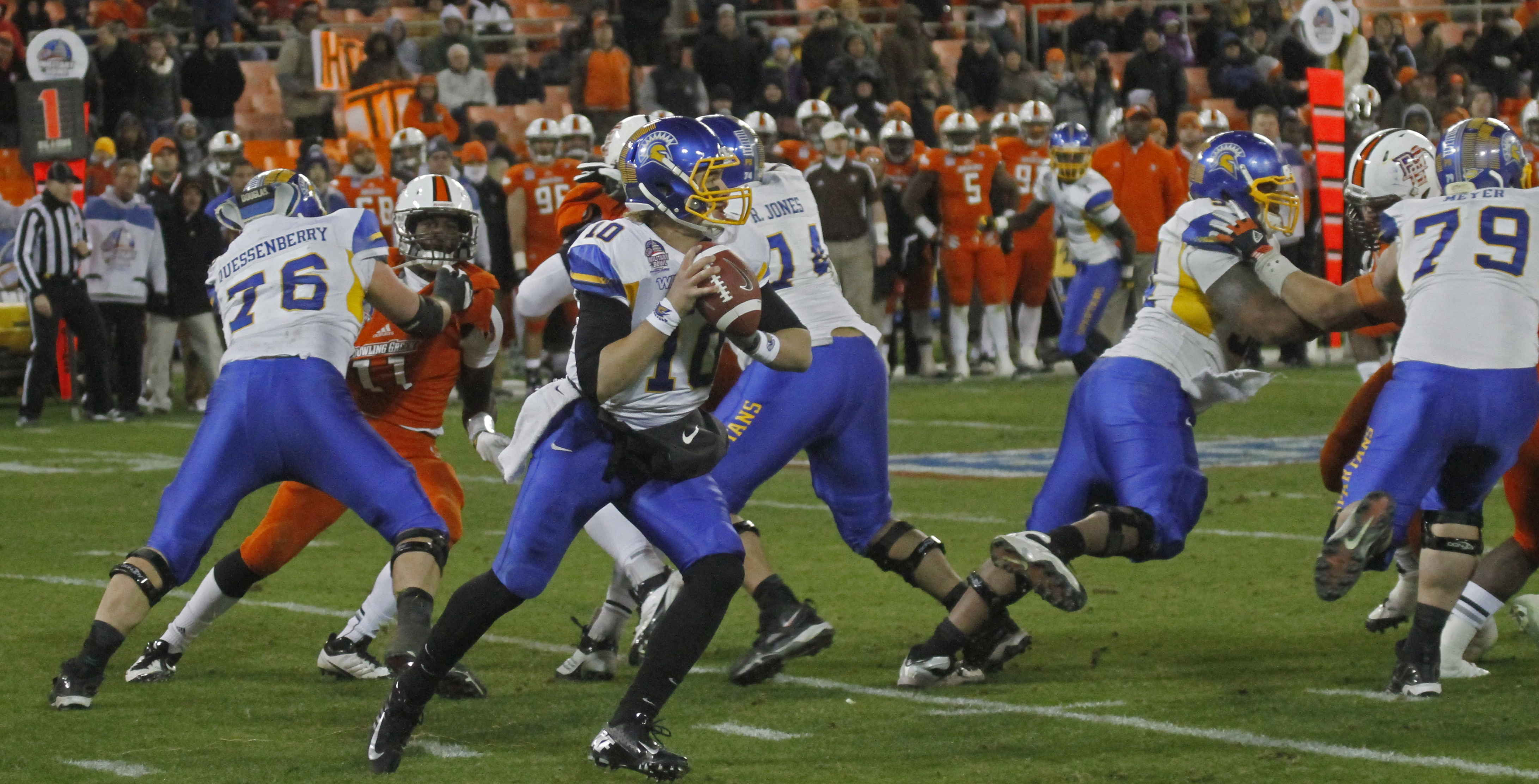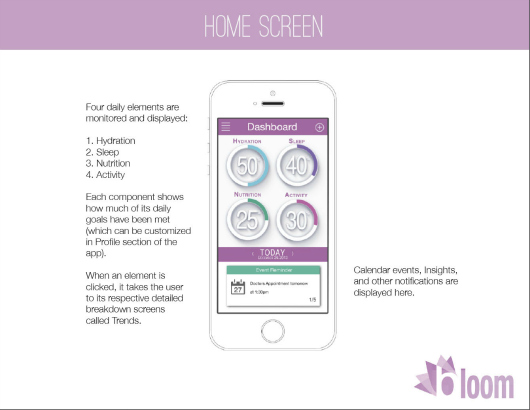By Lauren Rohde, Community Relations, Lockheed Martin
Excerpt from the Lockheed Martin newletter
The end of the school year, the beginning of pool season and Mother’s Day. The month of May has a lot of connotations. It is also Military Appreciation month, which should be of special interest for Lockheed Martin employees since we all know, “We Never Forget Who We’re Working For.” But do we remember that solider once he or she returns home? What do we do to support our veteran population and help them successfully transition back into civilian life? These and similar topics were discussed in a Psychology 190 class at San Jose State University (SJSU) as part of their Veterans Embracing Transition (VET) Connect program supported by Lockheed Martin.
Representatives from Lockheed Martin were invited to attend the capstone class where students did

Five of the seven veteran peer leaders proudly display their Lockheed Martin scholarships. The G.I. bill does not cover summer or winter breaks from school if students are not enrolled in class, so these scholarships help bridge the gap in financial aid.
research projects on post-traumatic stress disorder, veterans’ transitions and other issues surrounding military life. Part of the event was a recognition ceremony for their seven veteran peer leaders who helped the students learn about these issues. The peer leaders received Lockheed Martin-sponsored scholarships to help cover costs over summer break while they are not enrolled in school.
“I’m grateful Lockheed Martin is recognizing what we’re doing here,” said Frank Martinez (pictured second from left), a veteran peer leader, Iraq veteran and member of the California Army National Guard. “I have an internship, but I’m not working. I can’t thank Lockheed Martin and their employees enough for their generosity.” During the capstone presentation, Frank shared a poignant video that he made while deployed to Iraq to show his family what it was like to be there.
Carli White, a 26-year-old SJSU student graduating next week with a bachelor’s degree in psychology, read a free verse poem she wrote. The poem is a reflection of her thoughts after spending a semester in a class on veterans’ issues and learning about the struggles that veterans face when they leave the service.
Mark Pinto (pictured middle), a peer leader and Gulf War Marine Corps veteran who is about to graduate with a master’s degree in photography, is a two-time recipient of the Lockheed Martin scholarship. “Going to school is hard, and I don’t know a vet who’s gone to school without financial struggles,” said Mark. “The relief [from these scholarships] really helps us move forward. You’re reaching out to all the vets, and it lets us know there are organizations out there that care.”
“Be informed on issues that affect vets,” said John Paul Arde (pictured second from right), an eight-year Marine Corps veteran and peer leader. “If you know vets, ask them how they’re doing and show them you care. Relate to them. Don’t quit on someone if they are having problems. I wouldn’t have anyone left if they all quit.”
The messages shared at the capstone event aligned with the core idea to raise awareness and help veterans in the ways they need support. In addition to teaming with local universities to aid veterans transitioning from the military to academics, Lockheed Martin is a strong supporter of military and veteran hiring programs and multiple nonprofits that provide a variety of services for veterans to help address their different needs.





